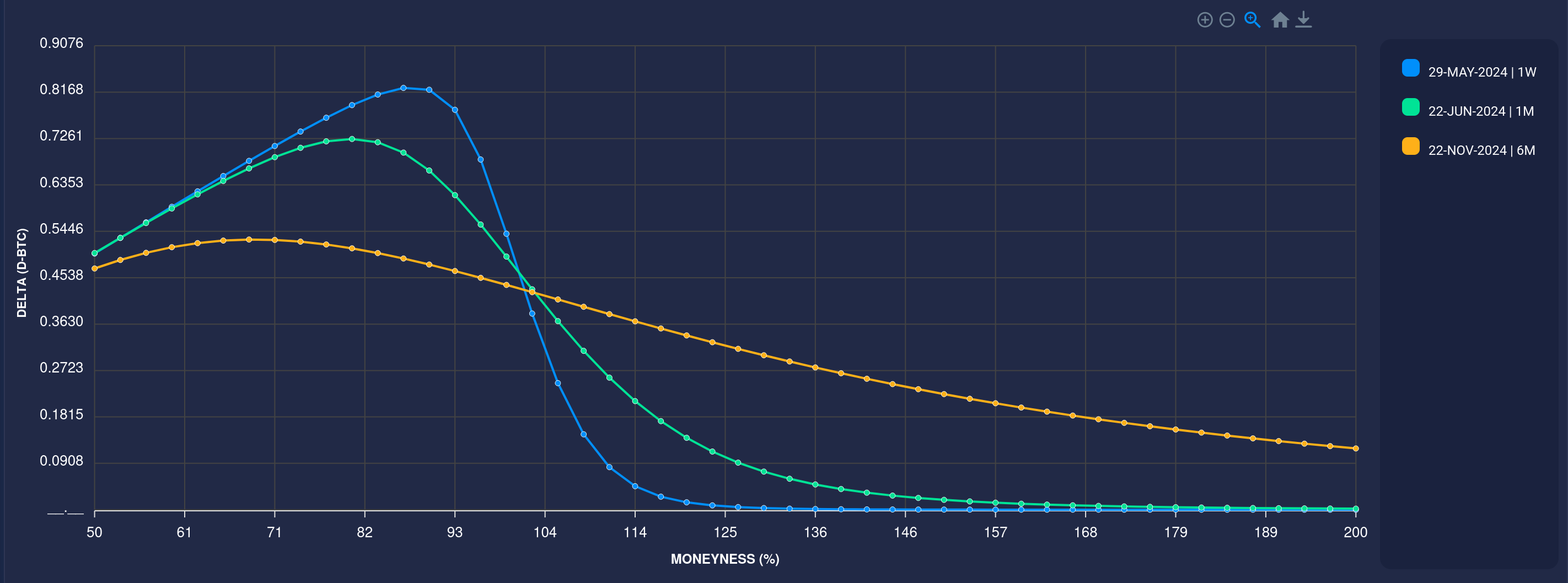A Simple Option Trading Strategy with Realized Volatility
In this blog, we discuss the relationship between realized volatility (RV) and implied volatility (IV), focusing on BTC as a case study. The goal is to introduce a simple option trading strategy that takes advantage of potential mispricing between RV and IV. We'll then compare the performance of this strategy against an alternative approach that doesn't incorporate RV information, highlighting the value of using RV in volatility-based trading strategies.
Disclaimer:
This analysis is for educational purposes only and is not financial advice. The strategies discussed, particularly those involving shorting options, carry significant risks, especially in volatile markets like cryptocurrencies. This blog does not cover the impact of margin, which can increase risk for traders.

